自2019年底首次在武汉被发现以来,新型冠状病毒(COVID-19)迅速蔓延至全球,成为自西班牙流感以来最严重的全球公共卫生事件,这场疫情不仅对人类健康构成了前所未有的威胁,还对全球经济、教育、社会关系以及国际合作等多个领域产生了深远的影响,本文将通过英语范文的形式,探讨新冠疫情的全球影响、各国应对措施、以及未来可能的应对策略。
全球疫情的蔓延与影响
The outbreak of COVID-19 has transformed the world as we know it, with its rapid spread across borders and its devastating impact on communities worldwide. The virus has not only claimed countless lives but also disrupted daily life, economies, and education systems. The World Health Organization (WHO) declared the COVID-19 pandemic a global health emergency in March 2020, marking the beginning of a long-term struggle against this invisible enemy.
The economic fallout has been severe, with global GDP growth projected to decline by 3.2% in 2020, according to the International Monetary Fund (IMF). Small businesses and informal sectors have been particularly hard hit, leading to widespread unemployment and poverty. The tourism, hospitality, and aviation industries have seen a significant decline in revenue, with many facing bankruptcy or severe financial distress.
Education systems have also been significantly disrupted, with schools and universities closing their doors to prevent the spread of the virus. Online learning has become the norm, though it poses challenges for students without access to technology or stable internet connections. The mental health of children and young adults has been affected by the isolation and uncertainty caused by the pandemic.
国家与地区的应对措施
Countries around the world have implemented various strategies to combat the pandemic. Some have adopted strict lockdown measures, such as China's Hubei province, where movement was restricted and large-scale testing conducted to contain the virus. Other countries, like the United States and the United Kingdom, have adopted a more gradual approach, emphasizing on testing, tracing, and vaccination rollouts.
China's Dynamic Zero-COVID Strategy: China's strategy of "dynamic zero-COVID" involves rapid identification and isolation of infected individuals, along with extensive testing and contact tracing. While this approach has been effective in controlling local outbreaks, it has also been criticized for its impact on people's daily lives and economic activities.
The US's Vaccine Rollout: The United States has been at the forefront of vaccine development and distribution. The Federal Emergency Management Agency (FEMA) and the Centers for Disease Control and Prevention (CDC) have played crucial roles in coordinating vaccine distribution, though challenges remain in reaching underprivileged communities and ensuring equitable access.
Europe's Digital Health Pass: Several European countries have introduced the Digital Green Certificate or the European Health Pass, aiming to facilitate safe travel and reopening of borders while ensuring vaccination status verification. This digital solution highlights the importance of technology in managing the pandemic.
科技在疫情中的角色
Technology has played a pivotal role in both mitigating the spread of COVID-19 and supporting various aspects of life during the pandemic. From contact tracing apps like Singapore's TraceTogether to telemedicine platforms that enable remote consultations, technology has helped governments and individuals navigate this crisis.
Digital Education: Online learning platforms such as Zoom, Microsoft Teams, and Google Classroom have become essential tools for maintaining education during lockdowns. While they have facilitated continuity of learning, they have also raised concerns about privacy, cyberbullying, and the digital divide.
Artificial Intelligence (AI) in Healthcare: AI has been used for various purposes in healthcare, from detecting COVID-19 cases through image recognition to predicting patient outcomes based on symptoms. AI-driven chatbots have also provided emotional support and answered common queries about the virus.
未来挑战与应对策略
As we move towards a post-pandemic world, several challenges remain. The emergence of new variants of the virus poses a constant threat, while long-term effects on mental health and economic recovery require attention. Vaccine hesitancy and inequitable access to vaccines are also significant issues that need addressing.
Global Cooperation: The pandemic has underscored the importance of global cooperation and solidarity. Countries must share resources, technologies, and best practices to effectively combat the virus. The World Health Organization (WHO) plays a crucial role in coordinating this effort, but more can be done through increased funding and political will.
Vaccine Equity: Ensuring equitable access to vaccines is crucial to ending the pandemic. High-income countries must prioritize sharing their surplus vaccines with lower-income nations through initiatives like the COVAX facility. This will not only save lives but also prevent future mutations of the virus.
Investment in Public Health Infrastructure: The pandemic has highlighted the need for robust public health systems worldwide. Investing in infrastructure, training healthcare professionals, and improving access to healthcare are essential for future pandemics. This includes investing in research and development for new vaccines and treatments.
The COVID-19 pandemic has been a defining moment in modern history, exposing both our vulnerabilities and our resilience as a global community. As we continue to navigate this crisis, it is essential to learn from our experiences and adopt a comprehensive approach that combines scientific rigor with compassionate leadership. By working together, investing in public health infrastructure, ensuring vaccine equity, and leveraging technology responsibly, we can build a more resilient future that is better prepared for future health emergencies.
转载请注明来自爬爬百科,本文标题:《全球疫情下的挑战与应对,新冠疫情的全面解析与策略》

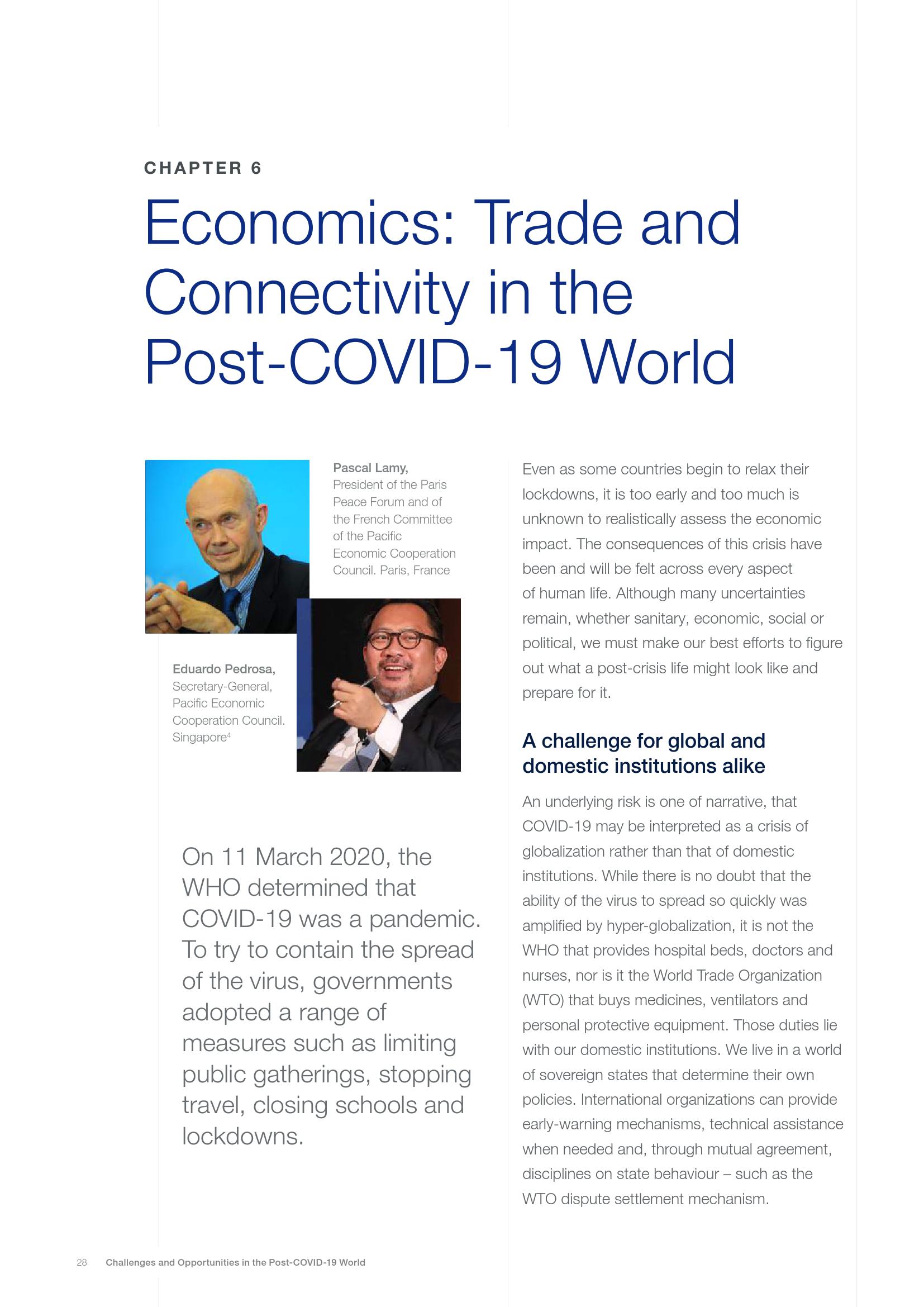
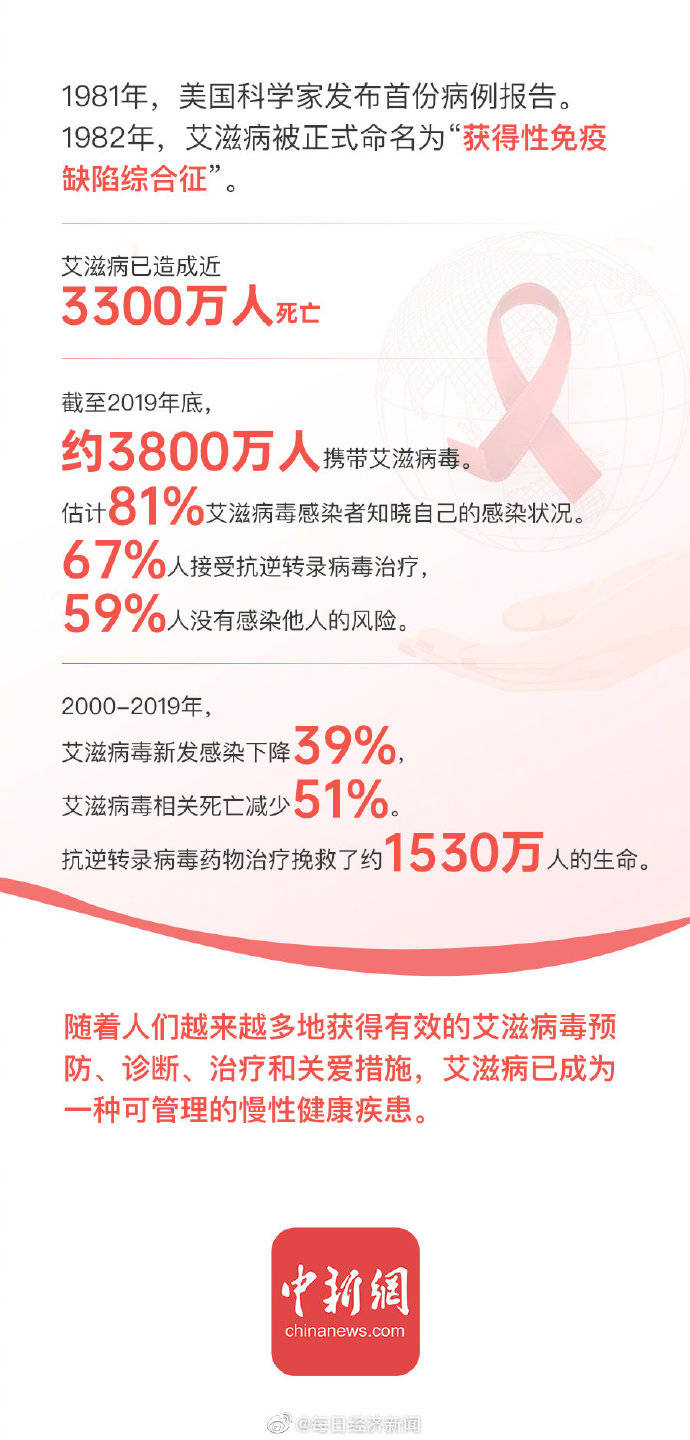
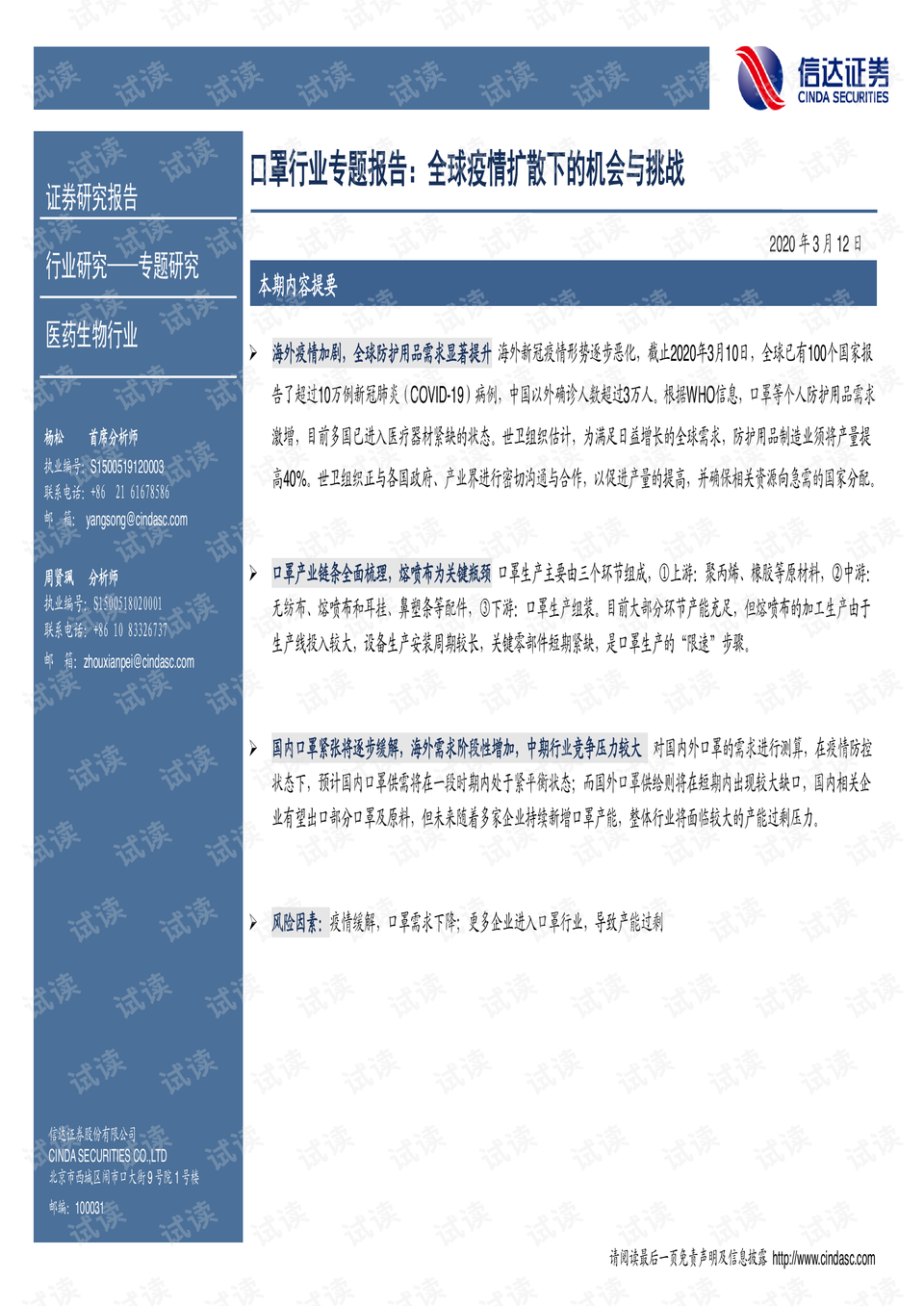
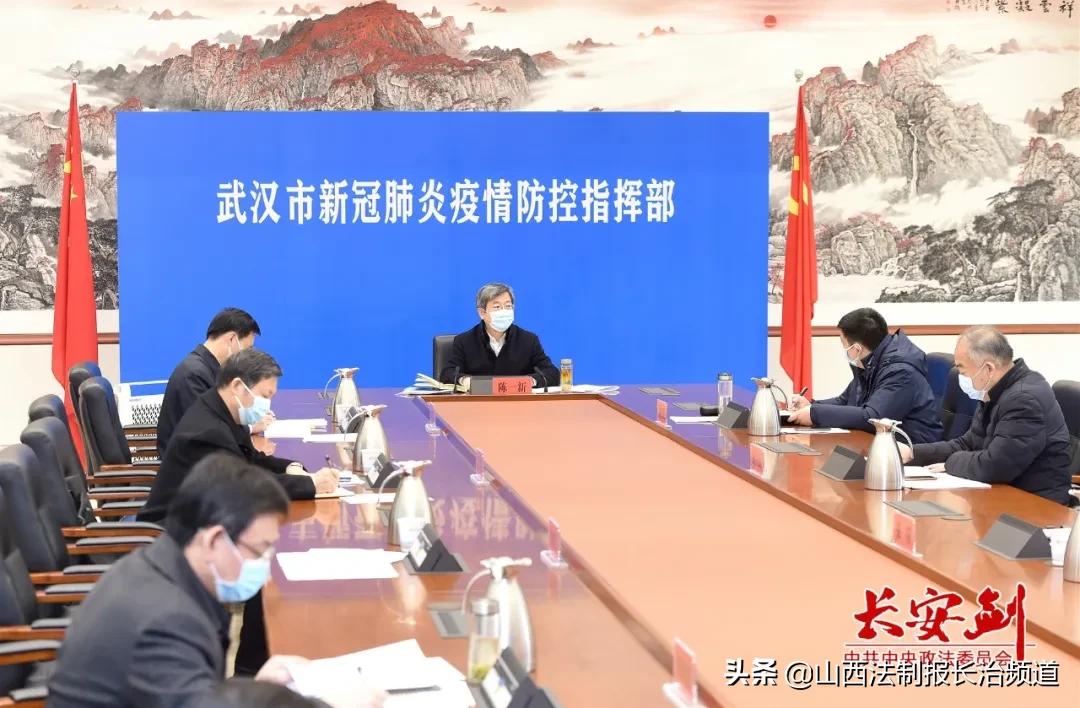


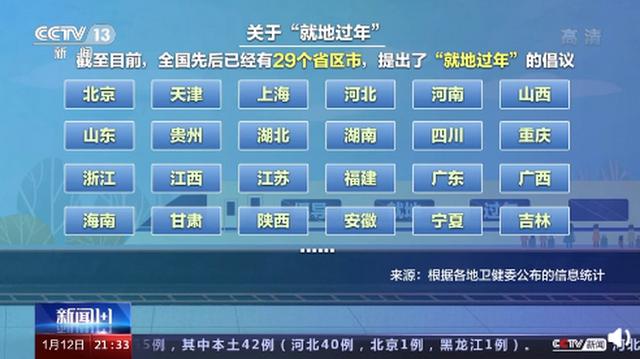
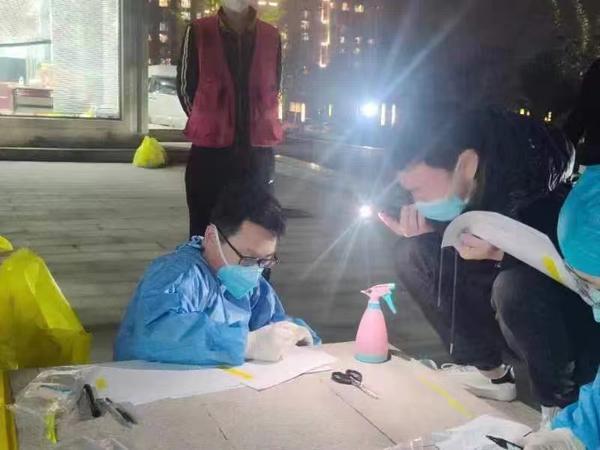
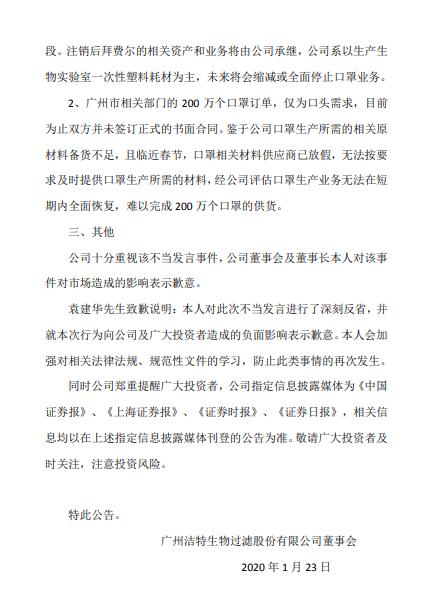

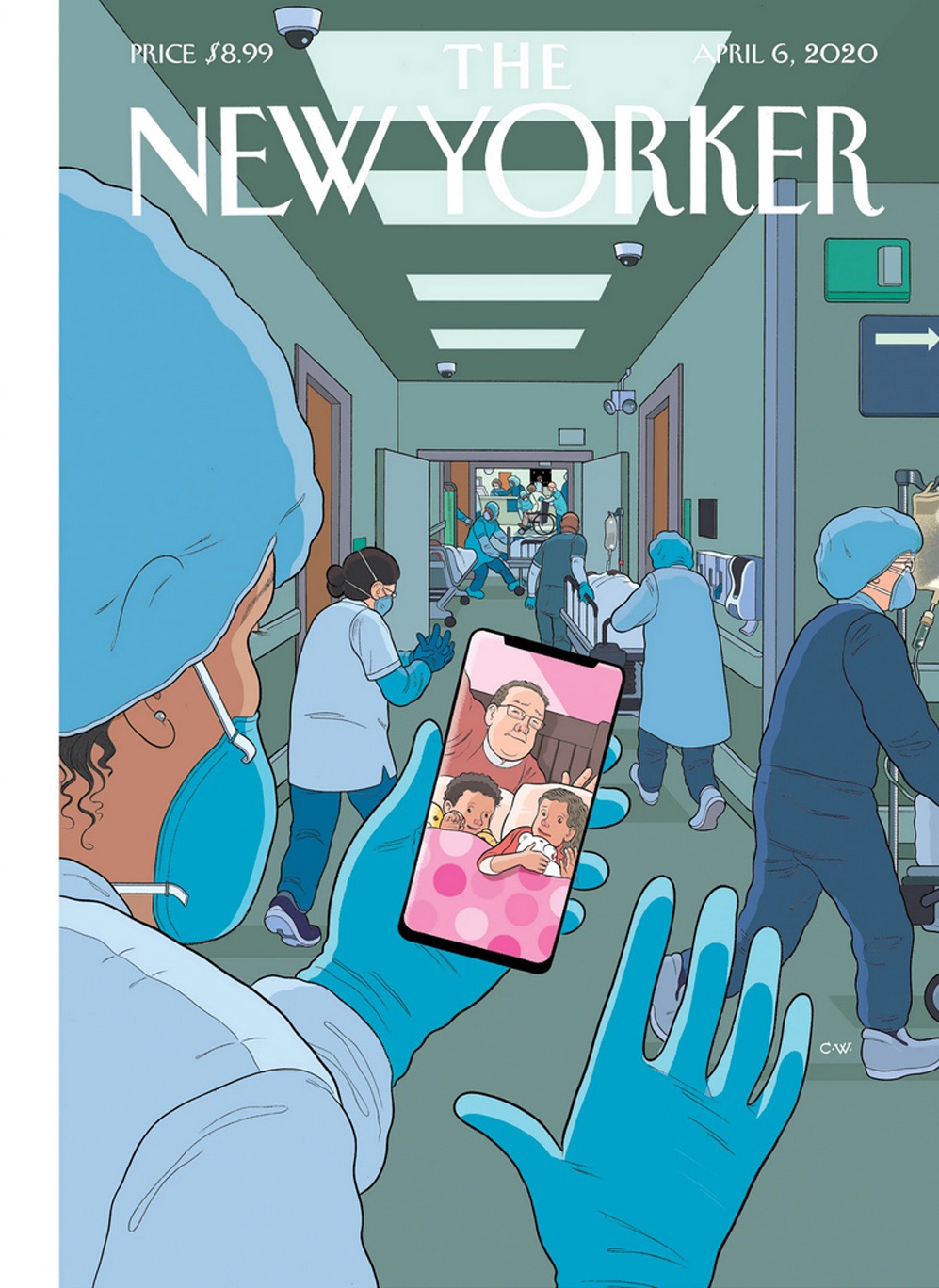
 京ICP备11000001号
京ICP备11000001号
发表评论